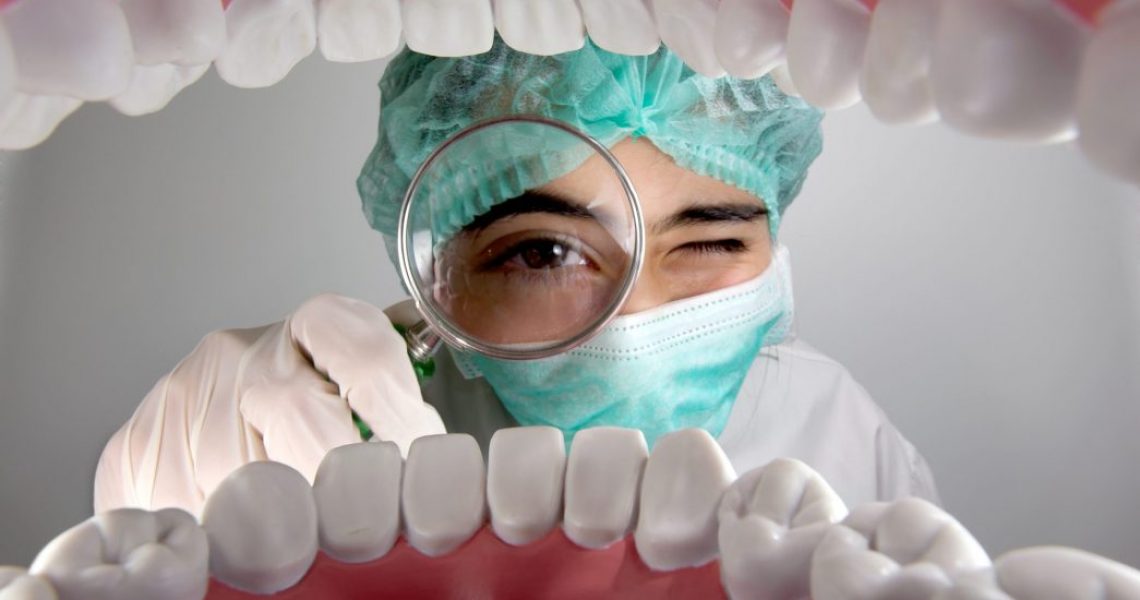When you are sitting in a dental surgery waiting room, you may hear the sound of a drill coming from one of the surgeries. This is not uncommon and can make people wince.
But the drilling is usually used to remove decay as part of a restoration process. The person who is in the dental chair may require a filling or a crown. And while most people know what these restorative procedures are in theory, they may know little about how they are fitted or the options available in dental surgeries today.
So, here are 5 common questions that dental professionals are asked about crowns and fillings answered.
Why would I need a filling?
You would need a filling if your tooth, or teeth, had succumbed to decay that had penetrated the dentine.
If you have a cavity that is in the earlier stages, this can be treated with remineralization by your dentist Ryde. Most modern fillings are made from composite, as they are easier to fit, look more natural and last longer.
How is a crown fitted?
A crown is fitted when the surface of the tooth is decayed beyond the extent that a filling can treat, but the roots are in good condition.
It is fitted by preparing the tooth carefully. All the decay is scraped away and then, the porcelain part of the restorative, known as the crown, is held in place with cement.
It’s worth noting that having a crown fitted can take several appointments and will involve a fair bit of drilling!
What should I do if my crown or filling comes loose?
If you think your crown or filling has come loose, then you need to see an emergency dental team to have it assessed. You may notice that it has come loose due to discolouration around the restorative, any movement or discomfort.
While waiting for your emergency appointment, take over-the-counter pain relief to manage potential discomfort. Remember, if a loose crown or filling is not dealt with promptly, it can cause decay to set in underneath it, leading to an abscess. So be sure to have any loose fillings or crowns replaced as soon as possible.

Can I have a porcelain-coloured crown?
Absolutely!
In fact, many dental teams will only fit porcelain restoratives, as these do not shrink or swell with the temperature of the mouth changing and of course, they have an obvious aesthetic advantage. Also, fitting a composite crown or filling will require your dental team to remove more of the tooth, whereas porcelain bonds more easily, and needs less extensive removal of enamel.
How long do fillings and crowns last?
With correct daily care and regular check-ups with your dental team, a filling should last between 5-10 years before it needs to be refitted on average. If you have had a crown fitted, it is likely to last up to 15 years.
This is why it is so important to regularly attend dental check-ups, as your dental team will be able to identify when fillings and crowns need to be replaced. You may assume that the restorative will begin to hurt, but this is not the case and is indicative of decay setting in.
DISCLAIMER OFFSITE
Any surgical or invasive procedure carries risks. Before proceeding, you should seek a second opinion from an appropriately qualified health practitioner.

